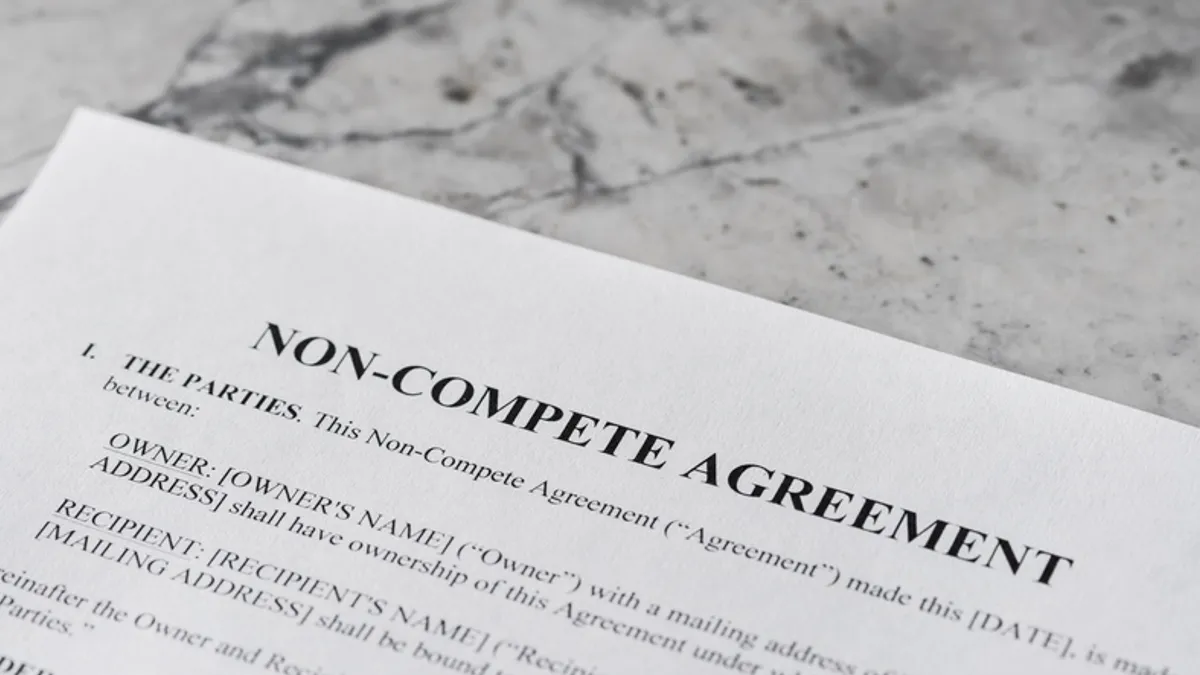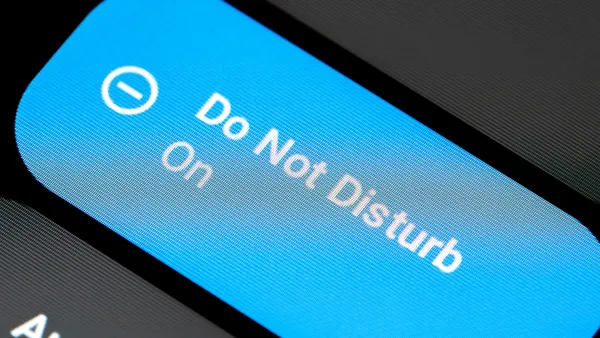Dive Brief:
- Use of artificial intelligence systems will eventually become so common that inventors applying for patents won’t disclose it, according to a senior United States Patent and Trademark Office official.
- “It’s going to be ubiquitous,” Kathi Vidal, under secretary of commerce for intellectual property and director of the USPTO, said, speaking at the Nvidia GTC technology conference in San Jose, Calif. In a decade, there’s likely “no chance” AI assistance will be disclosed by inventors, she added.
- AI could potentially have a negative impact on patent applications over the long term if it generates a lot of “prior art,” or information used to assess the novelty or non-obviousness of an invention, Vidal said. “You can imagine that then it kind of blocks innovation and blocks the ability to patent,” in those situations, she noted.
Dive Insight:
Vidal’s remarks come after the USPTO released guidance on AI-assisted inventions in February, pursuant to President Biden’s October 2023 executive order on AI. The document backs up the 2022 Federal Circuit Decision on Thaler v. Vidal, which clarified that inventors must be natural persons, and that AI cannot be listed as an inventor under U.S. patent law. (The Supreme Court declined to hear a challenge to that decision in April 2023.)
“We want you to use AI. We don't want anybody to be discouraged from using AI in the inventive process — that would be counterproductive to the future of our country,” said Vidal.
The guidance doesn’t require inventors to disclose the AI systems they used. However, AI-assisted inventions eligible for patent coverage require a “significant” human contribution, and that a person “who only presents a problem to an AI system” might not be eligible.
Most of the time, inventors will use an off-the-shelf AI system and feed it prompts, but that AI system can’t be considered an inventor for every result it played a role in creating, she said.
The USPTO is accepting public comments on the guidance until May 13.
AI and the patent process
Vidal outlined how AI is changing the work of the USPTO, particularly during patent application processes. The agency is also using AI-supported chatbots to field applicant questions, she said.
Patent examiners, in their efforts to search for “prior art,” have transitioned to using AI systems to do their work instead of rote searches, and the agency is working on an image recognition program for design patents and trademarks. The agency is also looking at how it can use AI to help carry out some of the more routine tasks on behalf of patent examiners, according to Vidal.
“These are smart people with strong technical backgrounds. They don't need to be checking whether some claim term is supported or how many times you mentioned it in the claim — certainly a lot of that can be offloaded,” she said.










